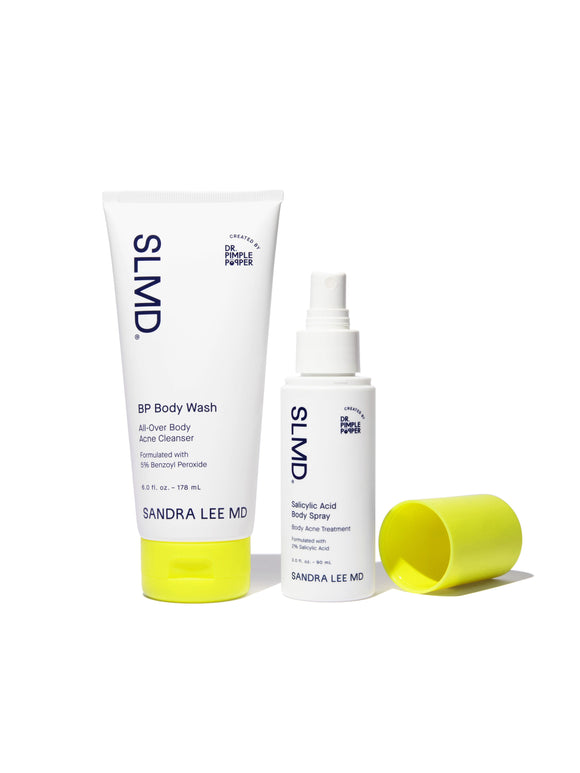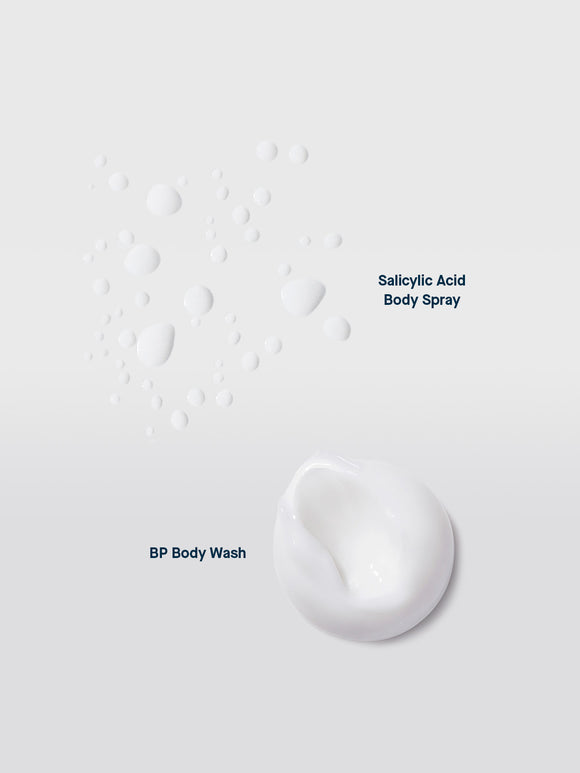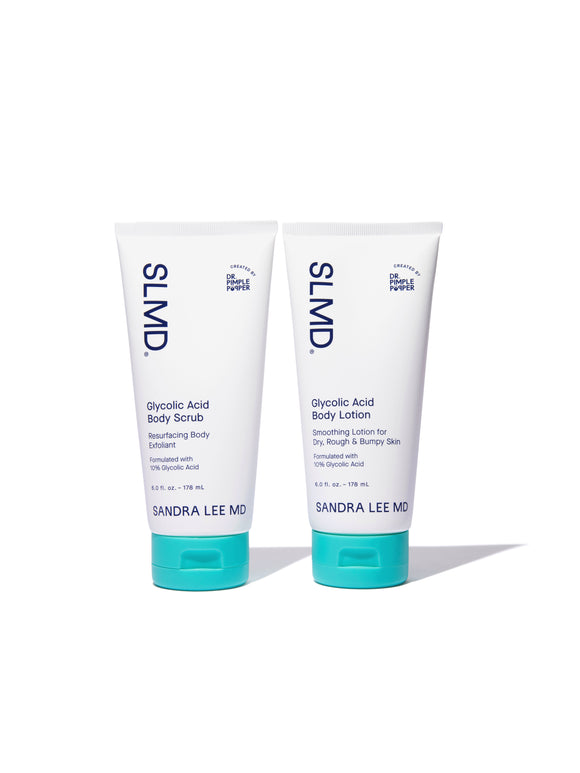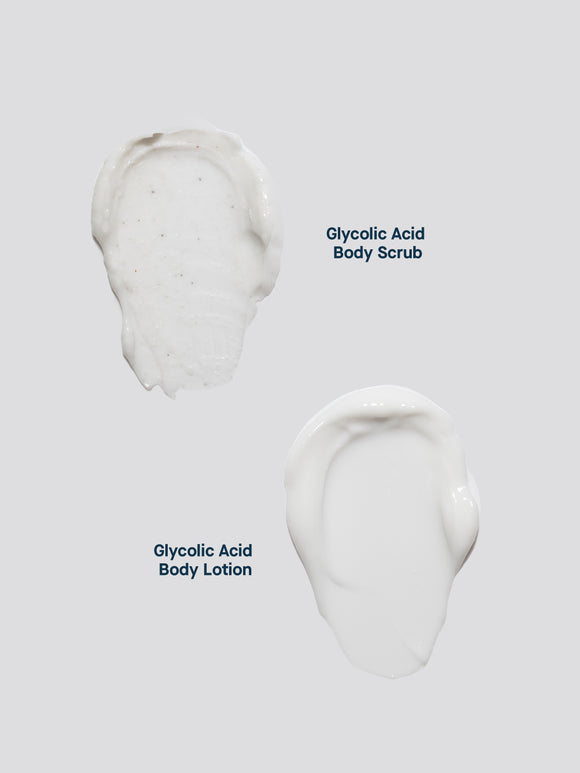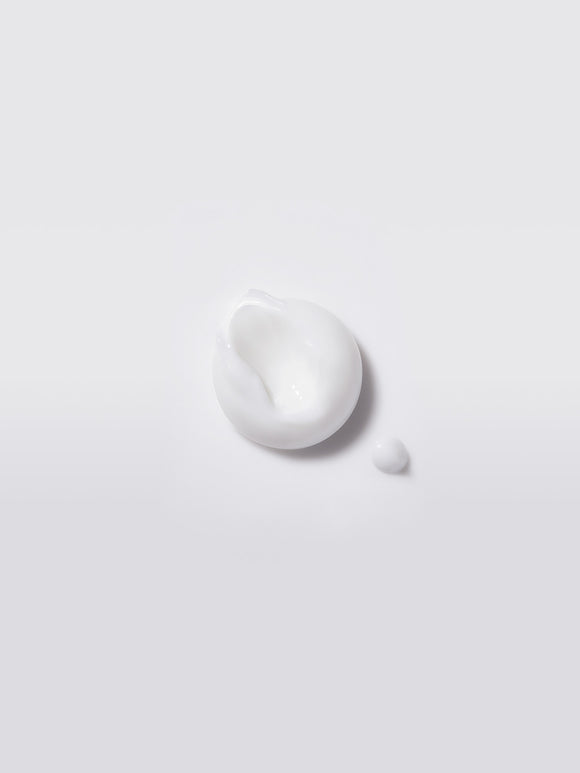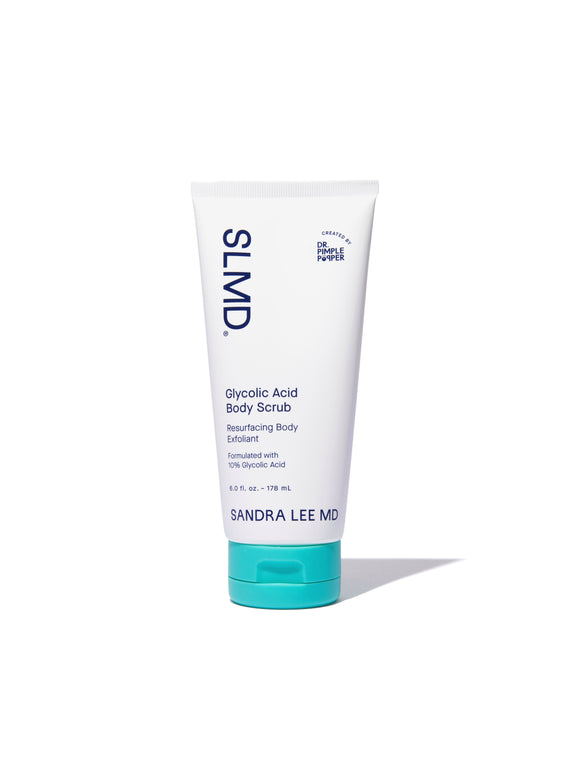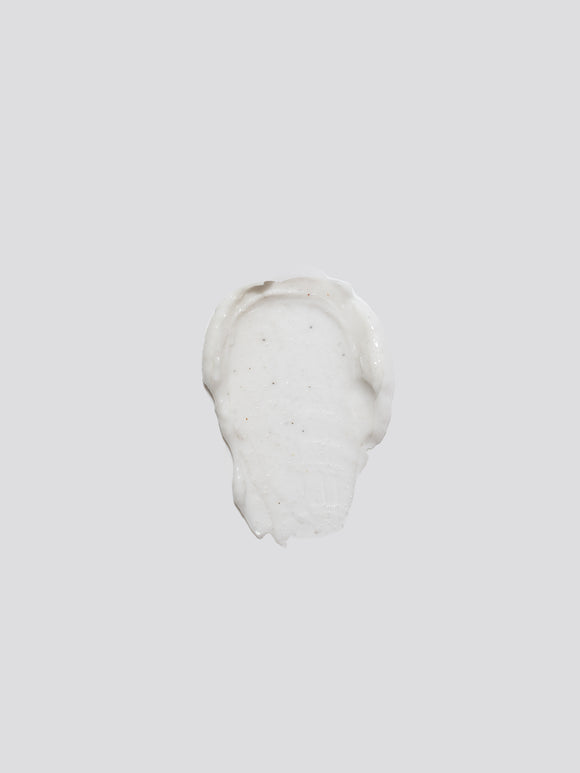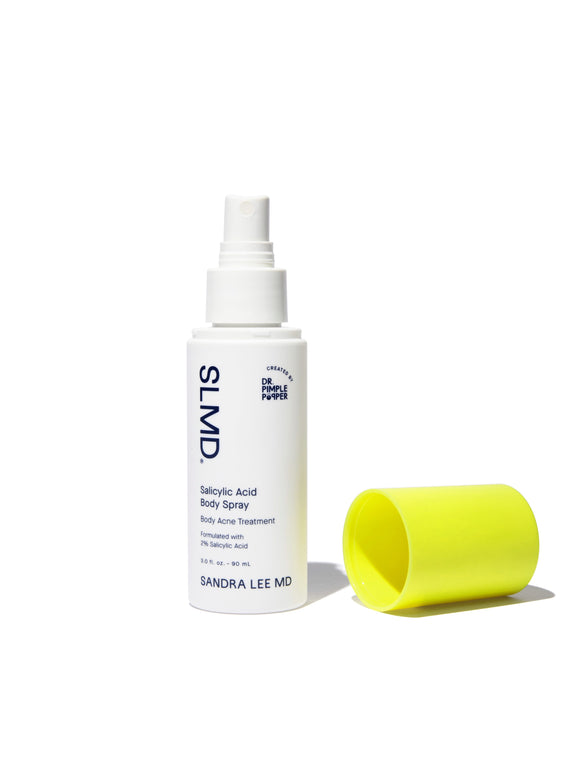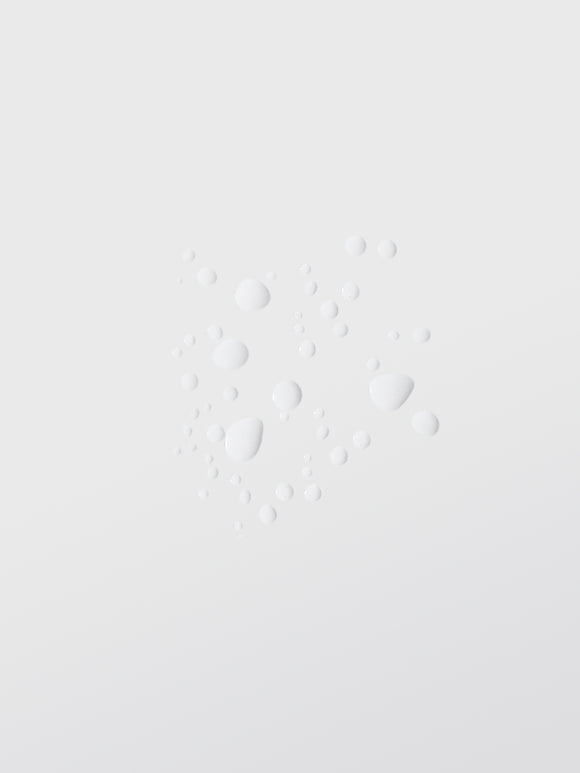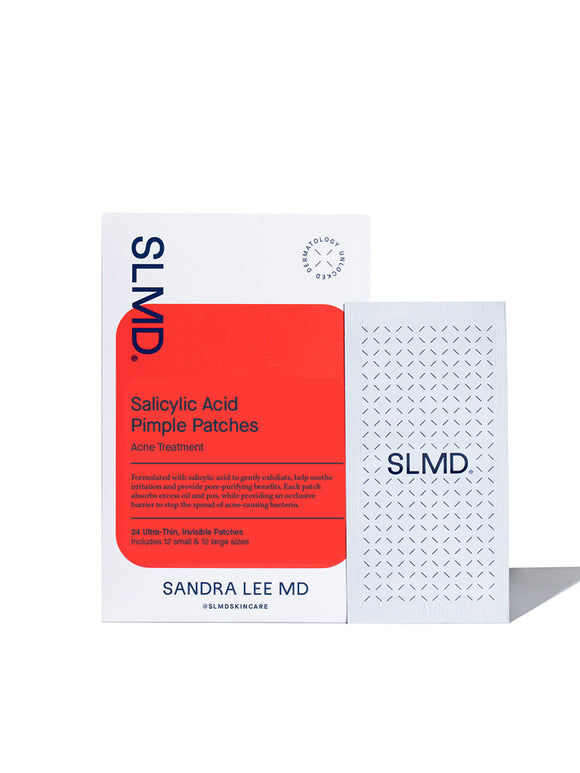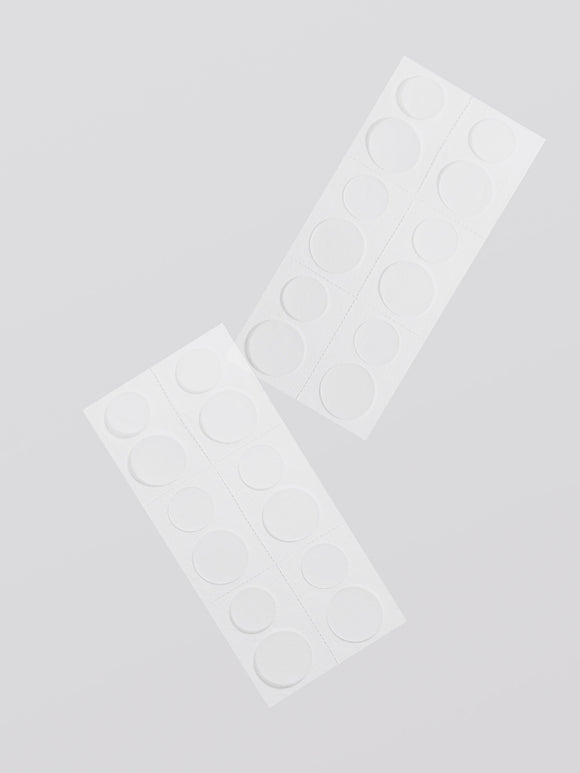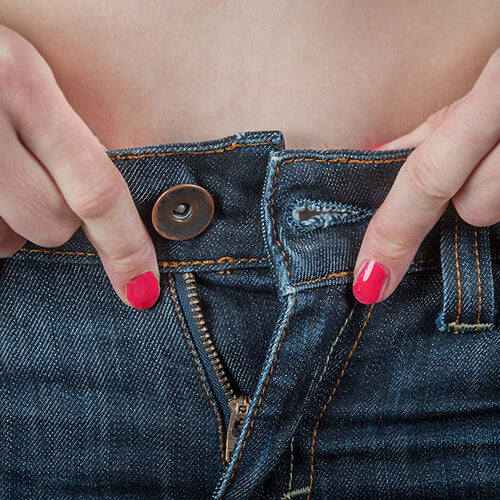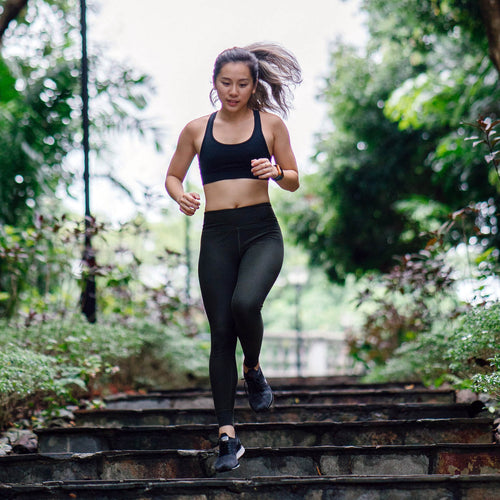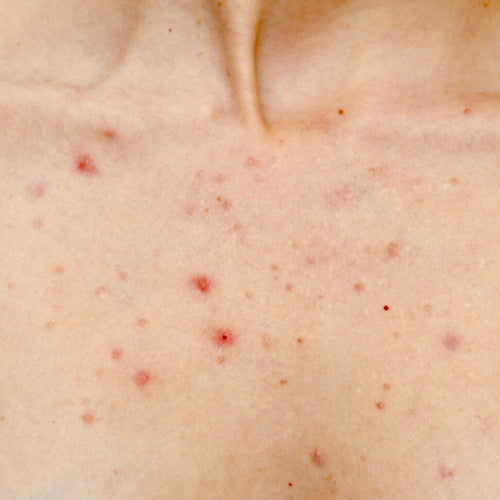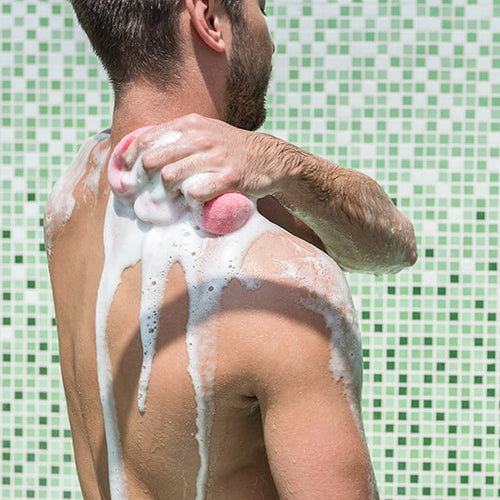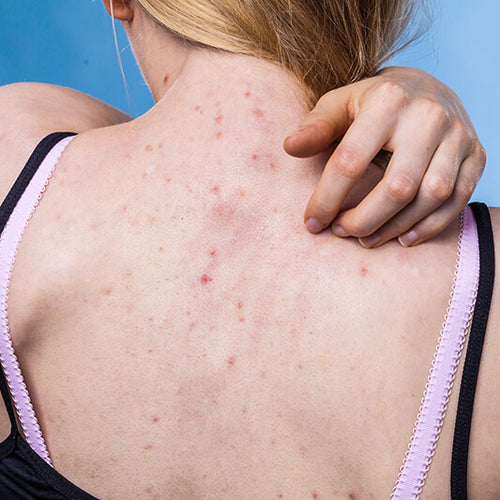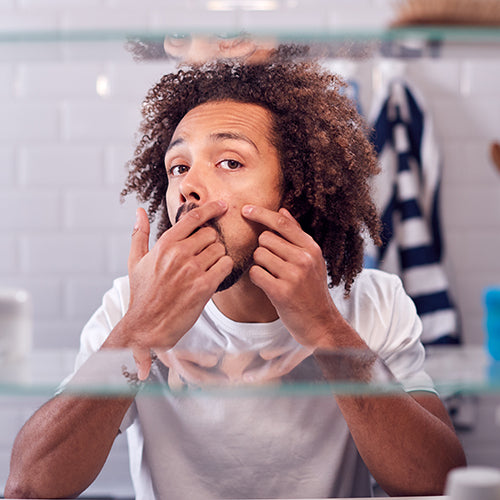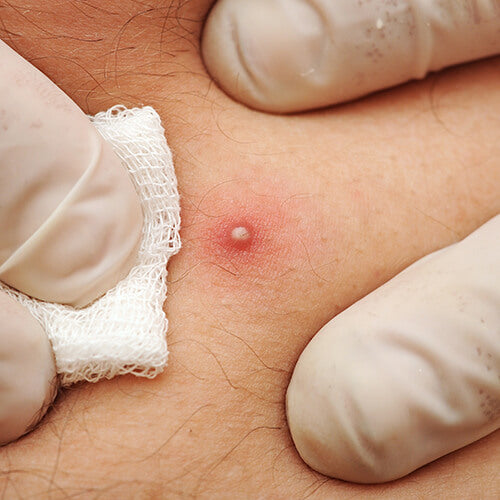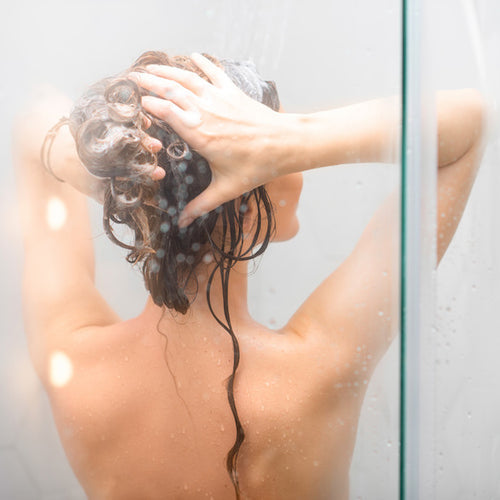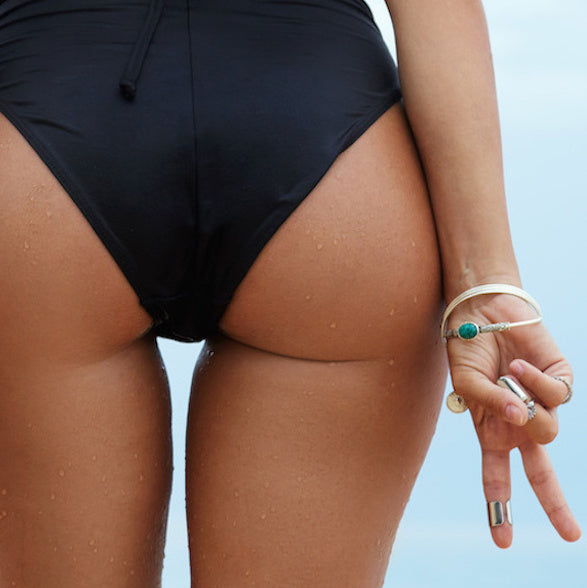
Butt Acne Causes & Treatment (The Cheeky Facts)
We're getting to the bottom of buttne — with dermatologist Dr. Pimple Popper.
Published:
4 minute read
Truth be told, butt acne can be a real pain in the you-know-what. But it’s not uncommon: according to dermatologist and SLMD Skincare founder Sandra Lee, MD (aka Dr. Pimple Popper) having occasional pimples on your buttocks is part of being human. So what causes butt acne — and how can you tell if that pimple on your posterior is something other than a simple clogged pore? Understanding what’s behind those booty bumps is the key to figuring out the right way to treat and prevent them. Here, we reveal the cheeky facts about butt acne.
Article Quick Links
What causes butt pimples?
According to Dr. Lee, pimples can pop up pretty much anywhere on your body — including your buttocks. But bumps on your backside aren’t always acne — in fact, it’s more likely that a case of buttne is caused by another common skin condition. Here’s a roundup of the most likely culprits.
Folliculitis
Generally regarded as the most common cause of butt pimples, this infection of the hair follicles is characterized by rash-like, superficial red bumps. Folliculitis is typically caused by bacteria, and sometimes yeast (aka fungal acne), which thrives in moist areas. Bumps may be itchy and/or pus-filled.
Ingrown hairs
Especially if you shave or wax your buttocks, hairs can become trapped under the skin and create red, irritated bumps resembling acne. People with more body hair — particularly if it’s curly or coarse — are more prone to getting ingrown hairs. Sometimes, these red bumps contain pus, making them hard to distinguish from acne pimples.
Acne mechanica
The skin on your buttocks is covered with pores, which can get clogged with sebum and dead skin. If C. acnes bacteria moves in and triggers an immune response, it creates a swollen, red pimple. Dr. Lee explains that this area is prone to friction, sweat and moisture that can irritate skin and encourage bacterial growth. When you combine these factors with tight clothing, you’ve got a recipe for what dermatologists call acne mechanica.
Boils/carbuncles
Most commonly caused by the common bacteria Staphylococcus aureus, this is a deeper hair follicle infection that’s painful and filled with pus. Sometimes several boils form a larger carbuncle, which can be mistaken for a cyst.
Keratosis pilaris
These tiny, sometimes pink/red/dark bumps are smaller than acne pimples and don’t have a pus-filled white head. Instead, they contain a hard ball of keratin protein. People with dry skin are more prone to KP (which is often called “chicken skin” or “strawberry skin.”) It’s most commonly found on the upper arms, thighs and buttocks.
Dr. Pimple Popper's Booty Bump Picks
Dr. Pimple Popper’s tips to treat & prevent butt acne
In general, says Dr. Lee, occasional pimples on the buttocks — from acne to ingrown hairs and even boils — tend to disappear on their own. To speed healing, you can apply a targeted exfoliating or antibacterial treatment. She suggests first treating recurring buttne at home, since common conditions like acne, ingrown hairs or KP (described above) respond well to over-the-counter products combined with lifestyle modifications.
#1 Loosen up
Tight clothing, synthetic fabrics, or even sitting for extended periods can create friction on the buttocks, irritating the skin and leading to butt pimples. Opt for breathable, loose-fitting clothing (and undergarments!) whenever possible.
#2 Keep it clean
Inadequate cleansing, not showering after workouts, or using harsh soaps can disrupt the skin's natural balance and contribute to acne and other bumps on the buttocks. Shower daily (especially after sweating) with a benzoyl peroxide body wash and spritz on an acne treatment spray — also great in a pinch if you can’t rinse off right away.
Try: SLMD BP Body Wash, Salicylic Acid Body Spray — value-bundled as the Body Acne System
#3 Be gentle
Exfoliating has many benefits — but it’s important to find the sweet spot for your skin. Finding the right product and frequency can combat butt pimples caused by acne, KP, and ingrown hairs. But over-exfoliating can compromise the skin barrier and create more rump bumps. Listen to your skin, look for signs of irritation, and avoid shaving over active breakouts so you don’t spread bacteria.
Try: SLMD Glycolic Acid Body Scrub, AHA/BHA Swipes
#4 Check your ingredients
Choose personal care products like lotions that don’t have synthetic fragrance or pore-clogging ingredients that could lead to occlusion. Pimples caused by acne or ingrown hairs (red and inflamed, with or without a white center), respond well to antibacterial benzoyl peroxide. Bumps from KP (small, rough without a “head”) are best managed with exfoliating glycolic acid and moisturizer.
Try: SLMD Body Acne System, Body Smoothing System
#5 Hands off
This should go without saying, but please don’t pick your buttne. It can make a pimple worse, and create a scar. Instead, apply a spot treatment, like an acne patch or a cream followed by an adhesive bandage, if your pimple is painful.
Try: SLMD Salicylic Acid Pimple Patches, BP Acne Spot Treatment
When to see a doctor for butt pimples
If you’ve tried treating your butt bumps at home and your condition hasn’t resolved, it’s best to see your dermatologist, says Dr. Lee. Your doctor can determine whether or not your booty pimples require prescription treatment.

Dr. Lee's Last Word
Bumps on the buttocks are really common, because you have heat, moisture, friction — plus tight clothing that can occlude the skin. It could be acne, but it could also be folliculitis caused by bacteria or fungus — even just shaving or waxing. My advice is to treat the area with chemical exfoliants and benzoyl peroxide and if it doesn’t improve, talk to your dermatologist.





